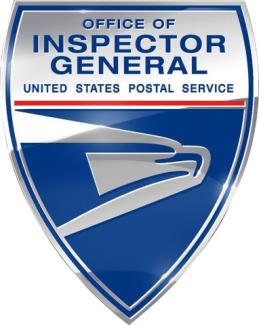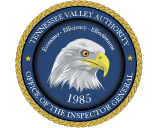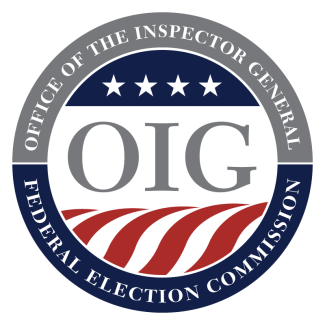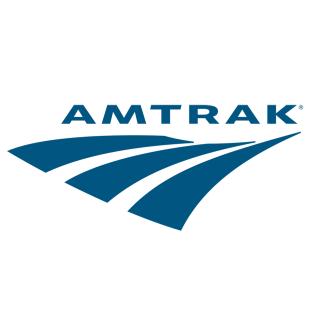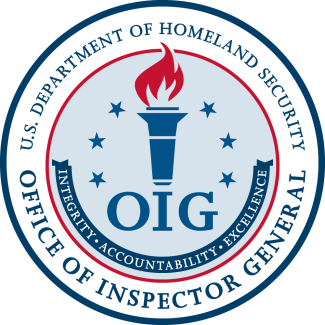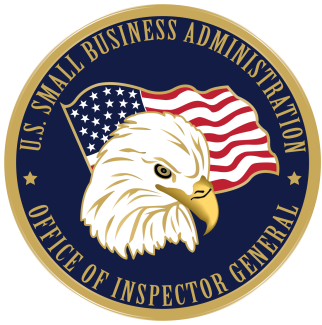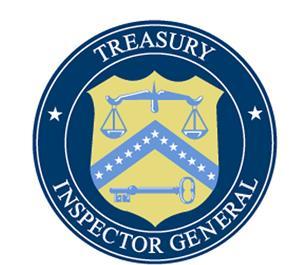The objective of this evaluation was to determine whether the organization’s financial management system and record keeping complies with federal requirements. The evaluation was conducted in accordance with the Council of the Inspectors General on Integrity and Efficiency's Quality Standards for Inspections and Evaluations, as applicable, and concluded that the Northwest Heritage Resources (NWHR) did not comply with financial management system requirements. NWHR did not have written policies and procedures in place for the management of Federal awards, to ensure that grant funds are not commingled, or to ensure that debarred or suspended contractors or recipients did not receive Federal assistance. Also, NWHR did not have a Section 504 self-evaluation on file.written policies and procedures in place .
| Report Date | Agency Reviewed / Investigated | Report Title | Type | Location | |
|---|---|---|---|---|---|
| National Endowment for the Arts | Financial Management System & Compliance Evaluation On Selected NEA Grants to Northwest Heritage Resources | Review |
|
View Report | |
| U.S. Postal Service | Efficiency of the San Francisco, CA Processing and Distribution Center | Audit |
|
View Report | |
| U.S. Postal Service | Parcel Payment Technologies and Payment Strategies | Review | Agency-Wide | View Report | |
| Department of Veterans Affairs | Audit of VHA's Support Service Contracts | Audit | Agency-Wide | View Report | |
| Tennessee Valley Authority | Nexant, Inc. | Audit | Agency-Wide | View Report | |
| Federal Election Commission | SemiAnnual Report to Congress: April 1, 2014 - September 30, 2014 | Semiannual Report | Agency-Wide | View Report | |
| Amtrak (National Railroad Passenger Corporation) | Semiannual Report to Congress #50 | Semiannual Report | Agency-Wide | View Report | |
| Department of Homeland Security | Gulfport School District, MS, Properly Accounted for and Expended FEMA Public Assistance Grant Funds Awarded for Hurricane Katrina Damages | Disaster Recovery Report |
|
View Report | |
| Small Business Administration | FY 2014 Special Purpose Financial Statements | Audit | Agency-Wide | View Report | |
| Department of the Treasury | Audit of the Department of the Treasury’s Closing Package Financial Statements for Fiscal Years 2014 and 2013 | Audit | Agency-Wide | View Report | |



